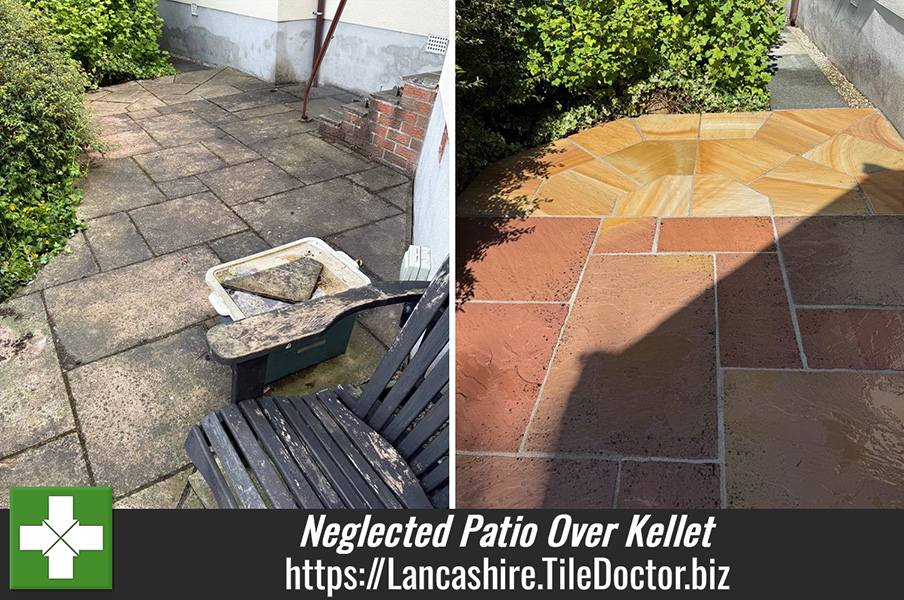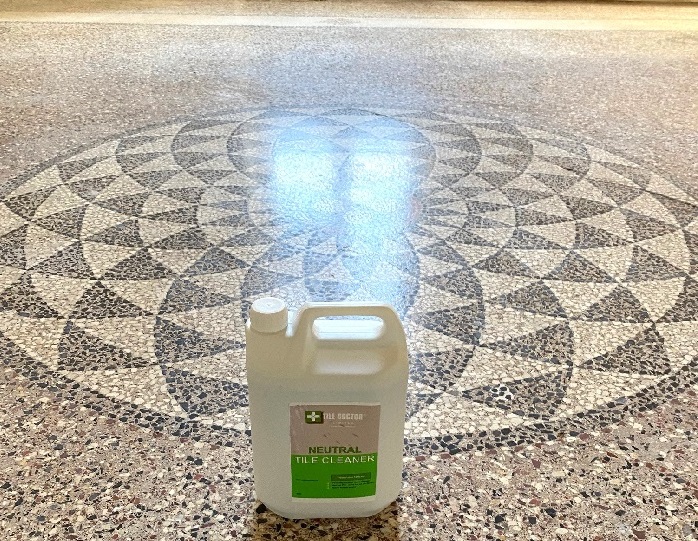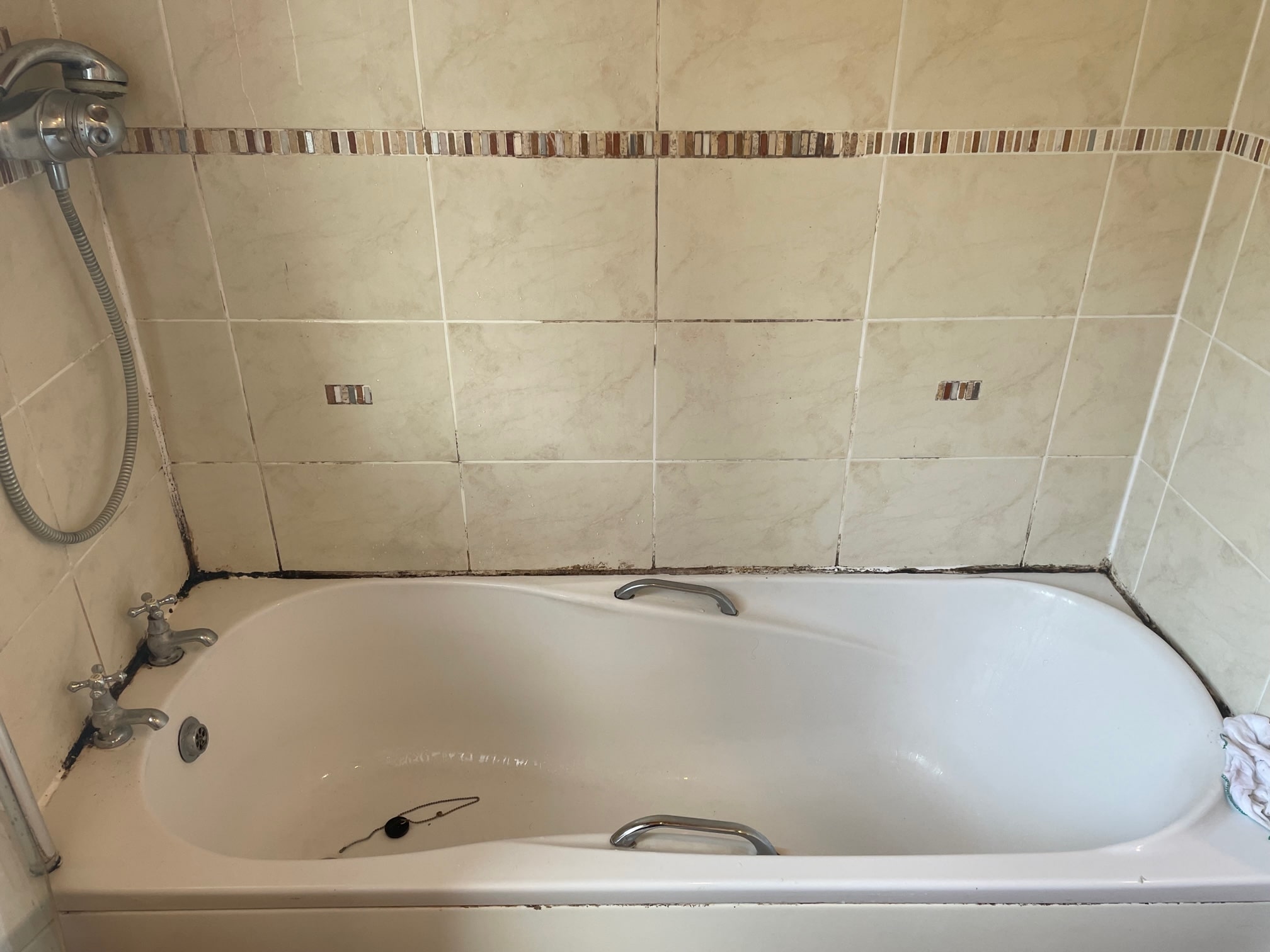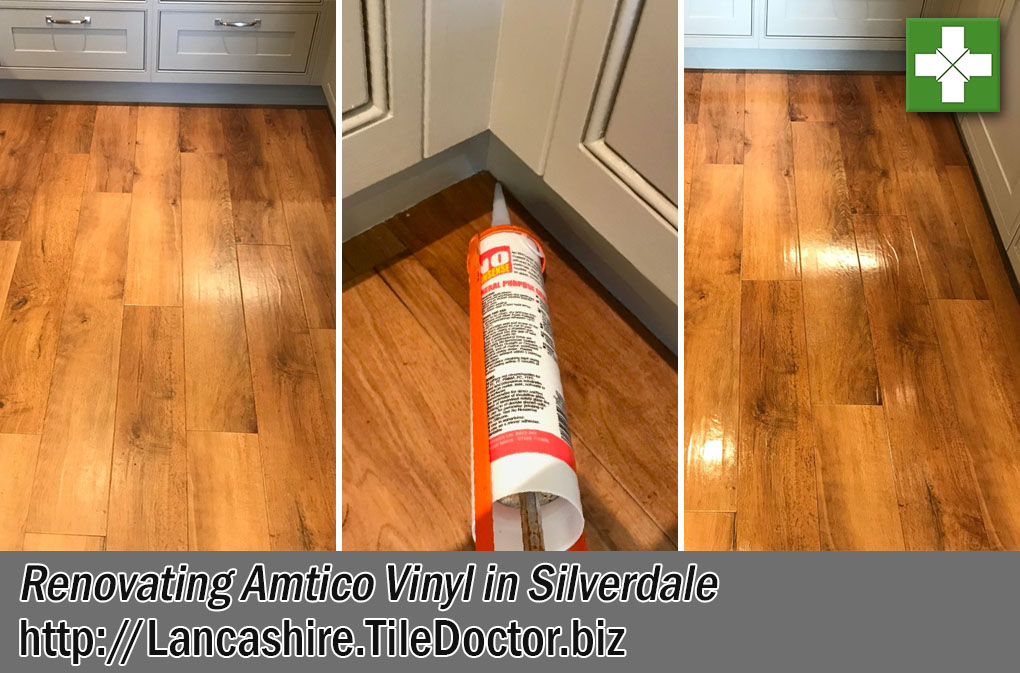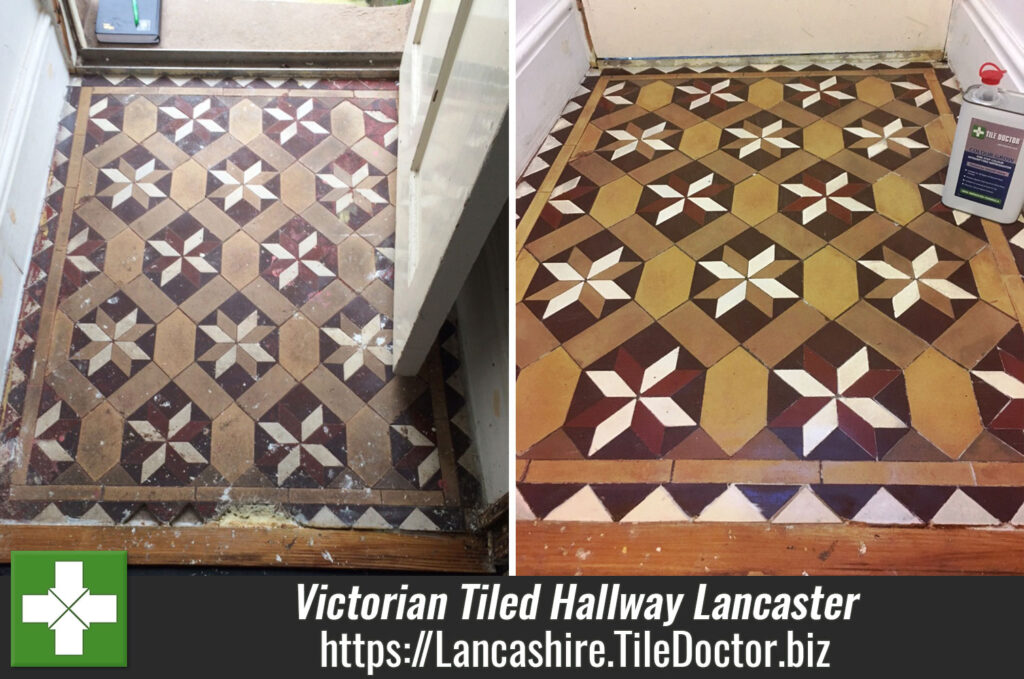Neglected Indian Sandstone Patio Fully Restored in Over Kellet
I thought I would share with you these photos of a very neglected Sandstone Patio that had been installed at a property in the village of Over Kellet near Carnforth twenty-years ago. As you can see from the photos it was in quite a state and now needed a very deep clean to remove the grime and layers of Black Spot. Additionally, some for the flagstones were loose and needed relaying as did the pointing in many areas which had cracked and fallen out.
 |
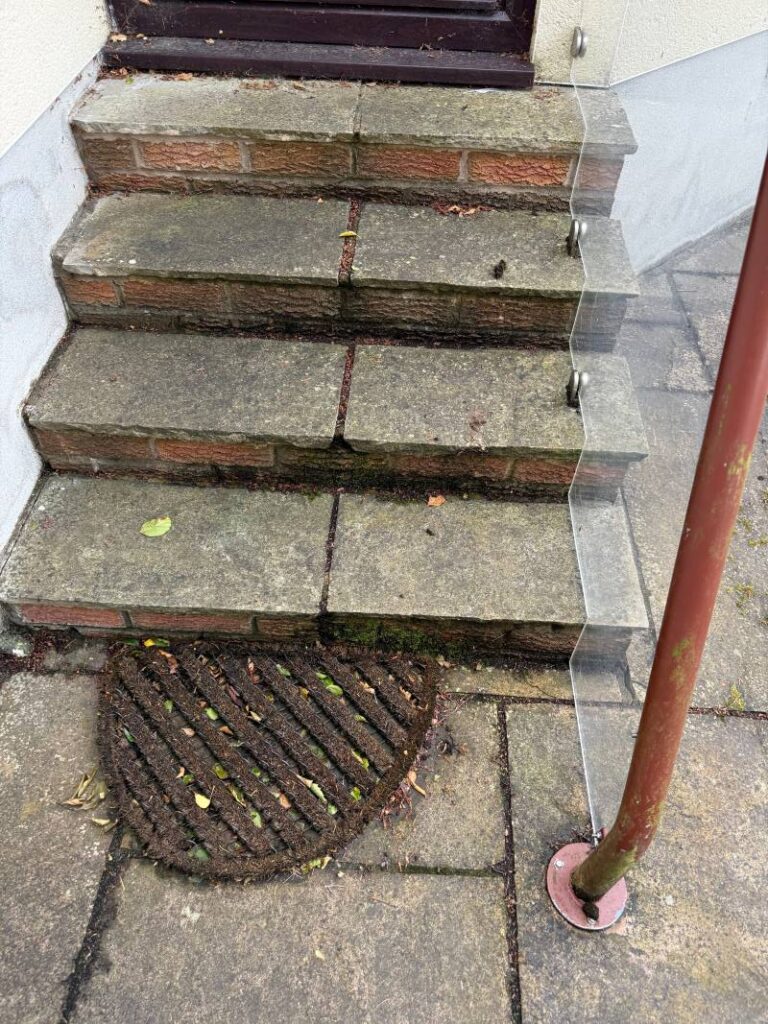 |
Suspecting they would have to get a new patio installed, my client thought it would be worth speaking to Tile Doctor first about having it cleaned so I popped over to take a look. Despite the numerous issues I was able to re-assure them that the loose stones could be secured the loose mortar replaced and I was confident of being able to clean the flagstones to a reasonable degree. I worked out a detailed quote which they accepted and a date scheduled for the work to start.
 |
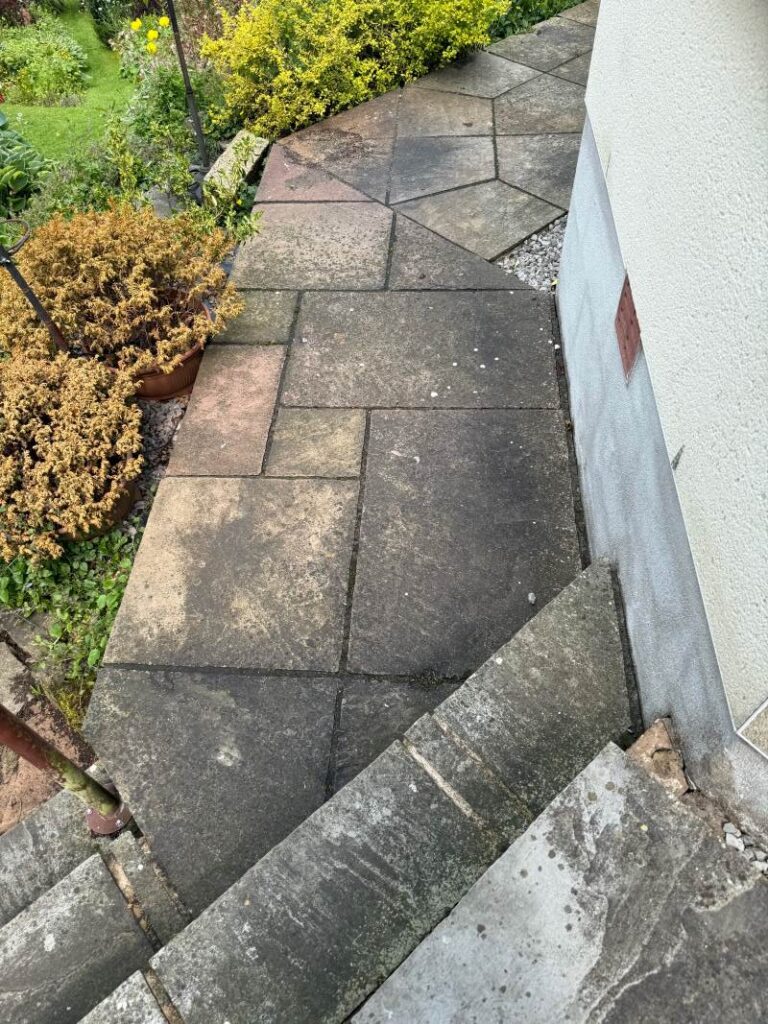 |
Cleaning a Heavily Stained Indian Sandstone Patio
Work started with a power wash to remove loose grime and dirt; I use a high spec Karcher pressure washer for this which is more powerful (and certainly more expensive) than the usual range you find in most retailers.
I worked in sections and after power washing one area the flagstones were covered in Tile Doctor Oxy-Gel which is a strong alkaline tile and stone cleaner that being a gel allows it to sit and soak into the stone. These long dwell times give the product time to breakdown the dirt and blackspot staining lifting it to the surface where it can be scrubbed away. The Black Spot had unfortunately been allowed to build up over several years as the customer was no longer able to clean it themselves. As such it was necessary to repeat this process several times stripping off a layer at a time.
Once a section was clean, I was then able to re-lay any loose flagstones with a 3 to 1 mix of Sand and Cement and a bit of Admix. Following that the areas that needed it were repointed using VDW 800 jointing compound that was a good colour match to the original.
 |
 |
As you can see on the pictures the process worked very well and resulted in the lovely colours and character being restored to the Sandstone flagstones. The customer was very happy with the results saying he had forgotten how much Colour was in the Sandstone and it was nice to see it looking like it used to be when it laid.
 |
 |
Professional Restoration of an Indian Sandstone Patio in Lancashire
Neglected Indian Sandstone Patio Fully Restored in Over Kellet Read More »


